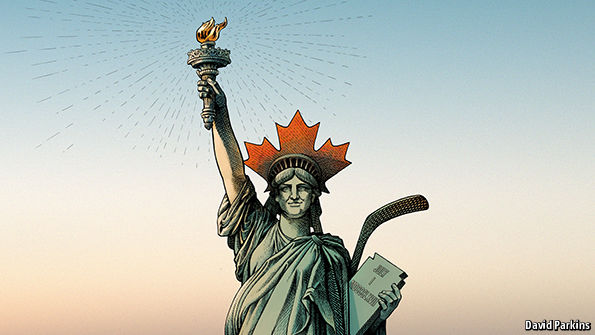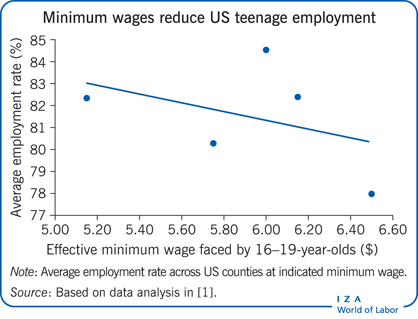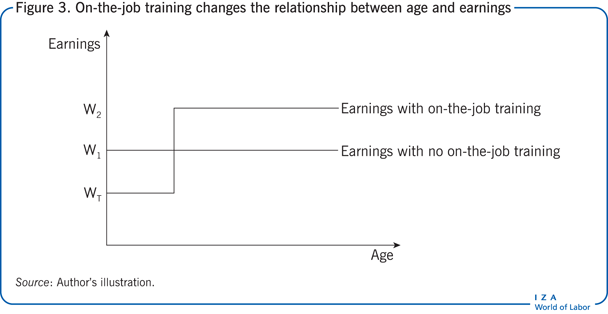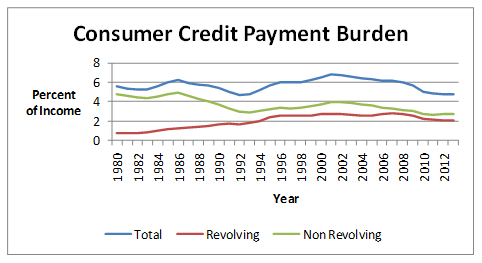This just keeps getting better and better. I wrote last month on research regarding cultural/ethnic diversity, immigration, and economic growth and institutions. A new study adds support to these findings by showing that cultural fractionalization and polarization positively effect real GDP per capita. The authors explain,
By using data on a large sample of world economies for 1960-2010, we construct two indexes of diversity:
- Fractionalisation: the likelihood that two individuals randomly selected from the population were born in different countries
- Polarisation: how far the distribution of the groups in one country is from a bipolar distribution where there are only two groups of equal size.
Causality can run both ways – countries that have a higher growth rate might attract more immigrants from a variety of origins, thereby increasing the degree of diversity. Therefore heterogeneity might be the effect rather than the cause of economic growth. Also immigration policies could be important drivers of immigration and, if unaccounted for, they could lead to incorrect inferences.
To address this we exploit the dyadic nature of our dataset to predict countries’ bilateral migration flows using a set of pre-determined or ‘exogenous’ dyadic variables such as geographic distance. We then use the predicted immigration flows to construct predicted indexes of diversity. This approach allows us to isolate the portion of the correlation between diversity and economic growth that is due to the causal effect of diversity.
We also exploit the time dimension of our dataset to control for unobserved heterogeneity by estimating a dynamic panel data model. This approach would remove any time-invariant country-specific unobserved factors that might possibly drive the relationship between diversity and economic growth.
We find that both indices of cultural heterogeneity – fractionalisation and polarisation – have a positive impact on the growth rate of GDP over long time periods. For, example, between 1960 and 2010, the growth rate of per capita GDP increased by about 0.15 percentage points when the growth rate of fractionalisation variable increased by one percentage point.
The impact is especially good for developing countries:
The literature on immigration emphasises that immigrants represent human resources, particularly appropriate for innovation and technological progress (Bodvarsson and Van den Berg 2013). So, as with the effect of education, the level of heterogeneity in their composition should enhance human capital formation and favour the adoption of new technologies (Nelson and Phelps 1966). Rich countries are closer to the technological frontier, thus the strength of the catch-up effect becomes smaller the more developed the host country is. This implies that developing economies would benefit the most from diversity.
To test this hypothesis, we split countries into two subgroups according to their initial level of development, and find that developing economies are more likely to experience an increase in GDP growth rate following changes in the degree of diversity. The most conservative estimates suggest that a one percentage point increase in the growth rate of fractionalisation (polarisation) boosts per capita output by about 0.1 percentage points in developing countries.
Our evidence suggests that immigration-fuelled diversity is good for economic growth. We recommend more openness to immigration so as to reap the large unrealised benefits from an increased range of skills and ideas in the destination country. Cultural diversity is a phenomenon that is continually changing, and difficult to define. Individuals have many observable characteristics – race, language, religion, nationality, wealth, education – but only some categories have economic salience. Because we don’t yet know which markers of identity are economically important, this subject will be a fertile area of study for the foreseeable future.
Perhaps we could all try being a bit more welcoming.




 If readers couldn’t tell,
If readers couldn’t tell,  they also grow domestically, as demonstrated by
they also grow domestically, as demonstrated by  [T]he great incarceration wave that began in the 1970s has produced millions of ex-convicts who are ill-prepared for jobs or are discriminated against by employers even when they are prepared. Eberstadt cites an unpublished study that estimates that 12 percent of the adult male civilian non-institutional population (that is, men not in jail) in the U.S. has been convicted of a felony, and figures the percentage must be even higher for prime-age men given that the “incarceration explosion” didn’t start till the 1970s.
[T]he great incarceration wave that began in the 1970s has produced millions of ex-convicts who are ill-prepared for jobs or are discriminated against by employers even when they are prepared. Eberstadt cites an unpublished study that estimates that 12 percent of the adult male civilian non-institutional population (that is, men not in jail) in the U.S. has been convicted of a felony, and figures the percentage must be even higher for prime-age men given that the “incarceration explosion” didn’t start till the 1970s.



